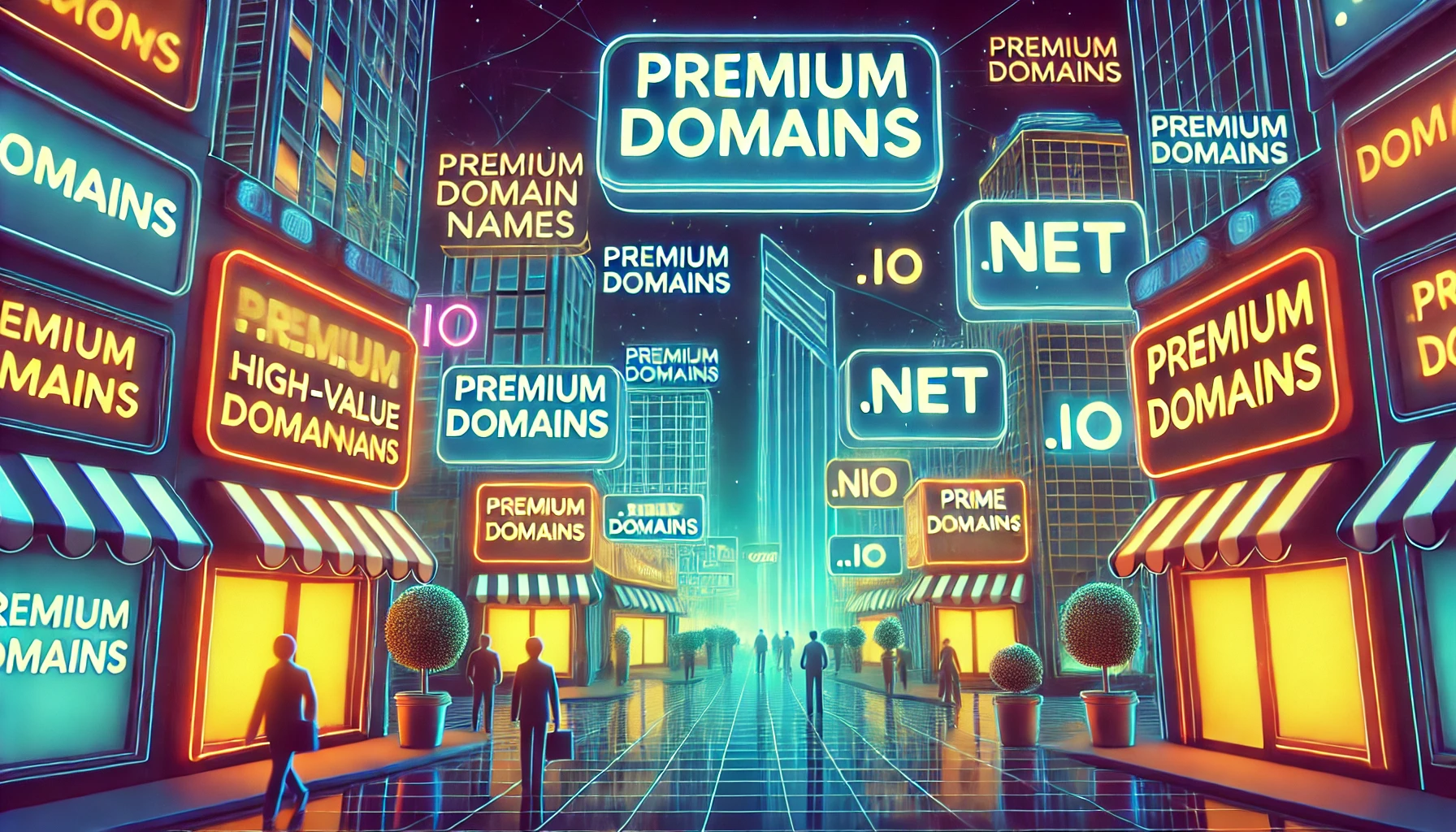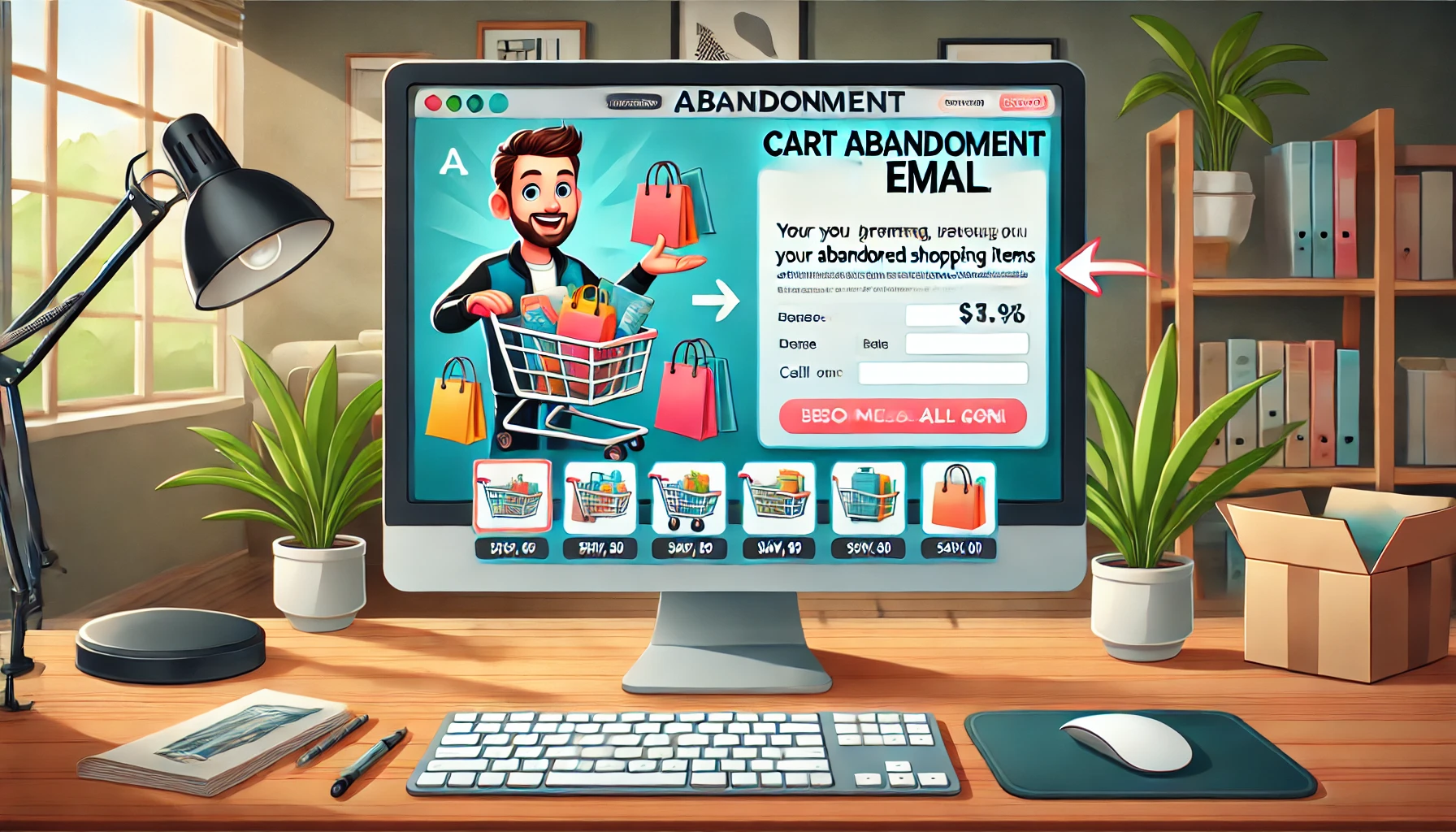Content truly reigns supreme in the digital age, especially when we talk about business. Did you know? A whopping 73% of B2B marketers and 70% of B2C marketers are leveraging content marketing as a core part of their strategy. And there’s a good reason for it: effective content marketing doesn’t just push products—it builds engaging, nurturing relationships that can convert casual browsers into dedicated buyers.
So, if you’re scratching your head, wondering how to piece together a content marketing funnel that really works, you’re in exactly the right spot! In this guide, I’ll walk you through some practical tactics that can escort potential customers from their initial “hello” all the way to a heartfelt “thanks for your purchase!” Let’s simplify this journey into clear, actionable steps.
First off, what exactly is a Full Funnel Content Marketing Strategy? It’s a well-thought-out plan that moves potential buyers from just knowing about your product to actually making a purchase. With the market as jam-packed as it is today, having a strategy that grabs and keeps customer interest is more crucial than ever.
A robust content marketing strategy carefully crafts messages suited to every stage of a customer’s journey, boosting engagement and making conversions more likely. For those dealing in the B2B sector, this strategy is a must. It should resonate deeply with the professional needs and decision-making processes of prospective clients.
For instance, consider a B2B SaaS company like Hubstaff. They offer time tracking and management software and could really draw attention by discussing topics like boosting workplace productivity or comparing their products against competitors. Or take a retail giant like Lowe’s—they could engage customers by sharing DIY home improvement tips, like installing light fixtures or basic plumbing tricks.
Remember, a successful content marketing funnel isn’t just about churning out videos, blogs, and emails. It’s fundamentally about delivering the right message, to the right people, at exactly the right moment.
Four critical stages of a content marketing funnel:
- Awareness
- Consideration
- Conversion
- Loyalty
At any given time, your potential customers are likely hanging out at one of these stages. By customizing your content for each phase, you can gently nudge your audience from just knowing about you all the way to becoming loyal fans.
Top of Funnel Content: Awareness
This stage is all about grabbing the attention of those who might need what you’re offering. The goal here is to produce engaging and informative content that shines a spotlight on the issues your product or service can address.
For instance, check out Cariuma, a high-end footwear brand that caters to skateboarders among others. They don’t just push sales in their social media updates. Instead, they post stuff like Instagram photos showing their shoes in real skateboarding action. It’s not directly asking you to buy but it’s very effective in making you aware of their brand’s deep roots in skate culture.
Mid-Funnel Content: Consideration
Now, we’re at the consideration stage, where your audience is seriously thinking over their options. Here, it’s key to show off what makes you different and better. You want content that displays your deep knowledge and the standout benefits of what you’re selling.
Take Notion, the workspace collaboration tool. They’ve put together a detailed landing page aimed at folks also considering Clickup, their major competitor. This page doesn’t just exist; it excels, ranking first on Google for the search term “clickup vs notion.” It’s a perfect example of how effective mid-funnel content can help sway potential customers your way by clearly laying out the advantages they could enjoy with your product.
Content at the Purchase Stage: Driving Conversions
Now we’re at the critical point where it’s all about sealing the deal. Your audience is well-acquainted with your brand thanks to your earlier efforts, so this stage is your chance to home in on why they should pick you. Your content here needs to be compelling, clearly outlining the standout features and benefits of your product or service.
A fantastic way to boost conversions is through testimonials. Take Bonsai, for instance, a business management SaaS platform that covers everything from invoicing to bookkeeping. They’ve put together a slick page on their site showcasing customer reviews, both written and video. It’s a smart move that helps tip website visitors from considering to purchasing.
Keeping the Connection: Cultivating Loyalty
Once the purchase is made, the game isn’t over—it’s time to turn one-time buyers into lifelong customers. The content should now focus on adding value to the customer experience and ensuring they come back for more. This includes things like user guides, support resources, and special deals just for them.
Adobe Creative Cloud does an outstanding job at this. They keep their users hooked by sending emails packed with helpful resources. For instance, they offer tutorials that enhance user skills, like a guide on animating golden hour light in Adobe Premiere Pro. It’s not just about keeping the customer—it’s about making them feel valued and supported long after they’ve made a purchase.
Creating a Three-Step Content Marketing Funnel That Works
Building a content marketing funnel is like guiding someone from just hearing about you to deciding they can’t live without your product. Each step in your funnel needs to be thoughtfully crafted with content that meets your audience right where they are in their journey.
We’re going to break down each stage so you can create a funnel that doesn’t just draw people in, but also turns them into dedicated fans.
Step 1: Kick-Off with Top of Funnel Content
This is your chance to make a splash and grab attention. Top-of-the-funnel content should spark curiosity and showcase the value of your brand. First impressions matter, so make it count!
What you can do: Start with thorough keyword research to figure out what your audience is into right now. Set up a content calendar that hits those topics and track what works best. Use this data to keep your content strategy fresh and focused.
Step 2: Engage with Mid Funnel Content
As you move into the middle of the funnel, it’s time to get serious about showcasing what you know and how your product or service fits into your customers’ lives. This stage is all about building trust and affirming that you’re the best choice out there.
What you can do: Listen to what your customers are asking and use their questions to shape your content—think detailed guides, webinars, or case studies that are both informative and engaging. Make sure everything you put out there adds real value and reinforces why your solution is the right one.
Step 3: Seal the Deal with Bottom of Funnel Content
Now we’re at the bottom of the funnel, where the magic happens: conversion. This is where your content needs to be very persuasive, nudging those on-the-fence folks into making a purchase.
What you can do: Craft content that highlights the benefits and proven results of your offerings. Include compelling calls to action, real customer testimonials, and solid data to back up your claims. Tailor your messages to address specific customer needs and pain points, making your content as personalized as possible to seal the deal.
Using Analytics and Feedback to Fine-Tune Your Content Marketing Funnel
To really nail your content marketing funnel, you can’t just go with your gut. You need the hard facts—what your actual users think and do. That’s where a mix of analytics and customer feedback comes into play, making sure your strategy is solidly rooted in reality, not just guesswork.
Here’s a straightforward guide to get you on track:
Monitor Engagement Metrics: Keep an eye on how people interact with your content at every stage. For initial awareness content, check out how many people are viewing your pages and how long they stick around. When it comes to consideration-stage content, track actions like downloads or how many sign up for webinars.
Check Conversion Rates: It’s crucial to see if your content is really leading to results. If you’re targeting other businesses, you need to ask, “Are my calls-to-action effective? Are they getting people to do what I want them to do?”
Collect Customer Feedback: Don’t underestimate the power of simply asking your audience what they think. Regular surveys or feedback forms can give you direct insight into how your content is being received and valued.
Try A/B Testing: Mix things up a bit with different formats or messages and see what strikes a chord with your audience. This can help you discover what works best and refine your approach accordingly.
Make Reviewing a Habit: Set a routine to regularly check your data. This ongoing review helps you keep your content sharp and effective, constantly evolving with your audience’s needs.
Optimize Your Content Marketing Funnel for Maximum Impact
A top content marketing funnel is crucial for any successful marketing effort. What’s a content marketing funnel, you ask? It’s your game plan for making sure every piece of content you put out there is working hard to move potential customers from just knowing about you to being loyal fans.
Here at Tribal Pearl Media, we’re kind of like your personal content marketing gurus. We’ve got a rock-solid team for SEO and content creation who are all set to jump in and get things rolling.
We’re pros at building a content marketing funnel that does more than just catch someone’s eye. We’re talking about creating a journey that keeps your audience engaged, brings them back for more, and convinces them to stick around as loyal customers. Let us take the wheel and steer your content strategy to new heights.
Ready to turn those potential leads into devoted followers? Team up with us at Tribal Pearl Media, and let’s start growing your business together. Here’s how you can get in on this:
Frequently Asked Questions (FAQs)
What exactly is a content marketing funnel?
Simply put, it’s a strategy that guides potential customers through different stages of engagement with your brand—from first hearing about you to becoming loyal supporters. It’s about creating targeted content that resonates with people at each phase of their journey.
Why is a content marketing funnel important for my business?
It helps you organize your marketing efforts so that they’re more effective. By understanding and catering to the specific needs of your audience at each stage, you can significantly boost engagement, conversions, and customer loyalty.
What types of content are crucial at each stage of the funnel?
At the top, it’s all about awareness with engaging, informative content. The middle is for consideration, where detailed guides and webinars shine. The bottom of the funnel focuses on conversion, using persuasive content like testimonials and case studies to encourage purchases.
How often should I review and adjust my content marketing funnel?
Regular checks are key! It’s good practice to review your analytics and adjust your strategies monthly or quarterly. This keeps your approach fresh and aligned with audience preferences and behaviors.
Can content marketing funnels work for any type of business?
Absolutely! Whether you’re a startup, a small business, or a large corporation, a well-structured content marketing funnel can be tailored to meet the specific needs of any industry or market.
What is A/B testing, and why should I use it in my content marketing?
A/B testing involves comparing two versions of your content to see which performs better. It’s a fantastic way to pinpoint what resonates best with your audience, helping you refine your content for better results.












